A jungle trek with Mr. Bike in the hills of Shan State ticks all the boxes — beautiful hiking, expansive mountain scenery, inner tubing, comfy hammocks and one out of this world treehouse.
In every sense of the word, Mr. Bike’s jungle trek is a true adventure.
I carefully folded the pint-size dry bag over and clipped the plastic latch closed. I was unsteady on my feet, especially as the bamboo floor flexed beneath me. The last thing I wanted was to spill the bag in Mr. Bike’s newly built treehouse.
I turned my headlamp on and made my way down the wooden rungs which acted as steps. The clock had just ticked seven, but in the depths of the jungles of Myanmar’s Shan State, nighttime was already in full effect.
Frequent bursts of laughter from my multinational trip mates flittered out into the surrounding darkness. Several bottles of bootleg Shan State booze were making the rounds. ‘Happy Water’ has a tendency to speed up the bonding of strangers.
A few minutes later I stood by the open-pit which acted as our jungle toilet. Flies buzzed and the smell was… less than pleasant. I unclipped my dry bag and dumped out a full bag of vomit. My camp wipes came in handy — I used them to clean the bag as best I could.
I had a feeling I would need it again.
Exhausted, I took a seat on a rock outside the corrugated metal shack and put my head in my hands. My throat burned, my skin broke out in a clammy sweat, my head pounded. One of the three dogs that came along for the hike with its master sat nearby and nuzzled my leg; sometimes animals just know.
The joke among travelers in Myanmar is “Have you been sick? No? Just wait.” That my turn came seven hours hike from civilization was an inconvenience.
SHAN STATE
Shan State is the largest of Myanmar’s twenty-one administrative regions, occupying almost one-quarter of the country’s territory. It is also among the most complex, both historically and ethnically. Sorting through its muddled history of foreign invasion and influence, shifting alliances, armed rebellion, drugs trading and various ethnic armies will make your head spin.
If you’re interested in the full details, this is a brilliant in-depth read.
Basically, no one up here cares for the central government, some much prefer neighboring Chinese influence and most ordinary people, unsurprisingly, just want to be left alone.
Despite a number of peace agreements in recent years, ethnic armies remain heavily armed. Low-level insurgencies in Northern Shan State continue to flare up on occasion. Foreigners are never targeted, but have been accidental victims.
Update–summer and early fall of 2019 have seen renewed troubles in Shan State. Civilians have been killed. Visitor numbers have declined. The situation is fluid. Keep up with the latest developments prior to making any concrete plans in this region.
In normal times, the main tourist towns along the railway from Mandalay and Pyin Oo Lwin — Kyaukme, Hsipaw (the departure point for Mr. Bike’s Jungle Trek) and Lashio — are rarely the scene of military confrontations. Most of the action occurs further afield. You may run across a train carriage full of Burmese soldiers (as happened during my trip south) but that should be the extent of it.

Over the course of three months in early 2017 I planned, cancelled, re-booked and, finally, visited northern Shan State. I found the Trip Advisor Myanmar forum to be much more worthwhile than U.S. State Department government advisories.
A quality guide with local contacts is highly recommended for any trekking adventures in Shan State, especially in times of heightened violence.
JUNGLE TREKKING — DAY 1
I felt pretty good on day one of Mr. Bike’s Jungle Trek; we hiked ten miles, more uphill than not, and put thirty-six hundred feet of elevation change behind us. We passed through a couple of small villages before the dusty dirt paths gave way to full on forest trekking. Dense foliage obscured many of the views and we spent most of the afternoon climbing steep hills in the shade.
By four o’clock our night one rest stop had come into view. To say we were stunned would be an understatement.
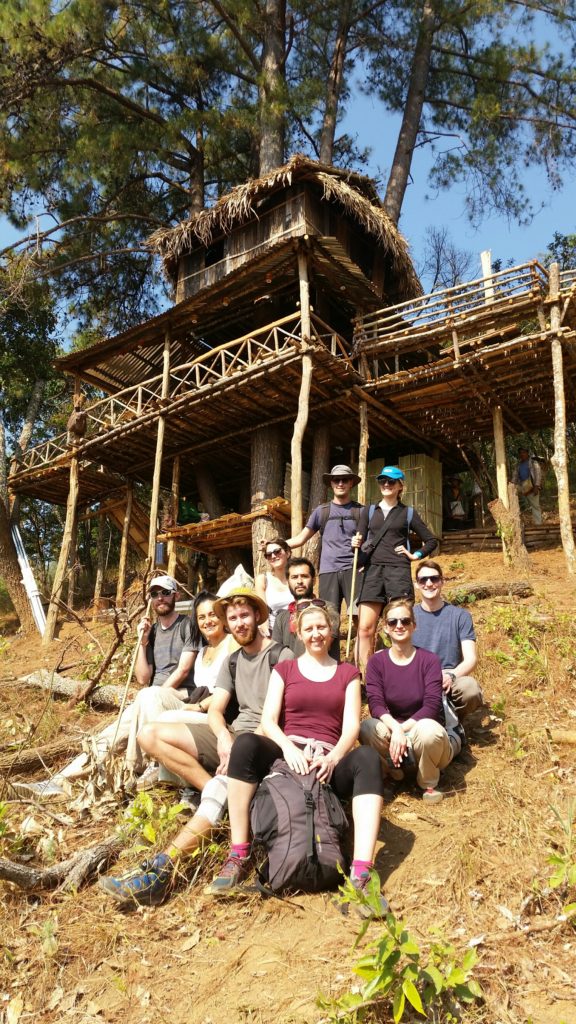
Mr. Bike’s main camp is the place of childhood dreams. The hand-built multi-story treehouse wraps around several trees and clings to a steep hillside. The highest level peeks over the treetops like a lookout tower. Below that lie a pair of sitting areas full of handmade tables and chairs. Thatched roofs cover the entire thing. A kitchen with plenty of storage space sits on the ground.
From top to bottom it’s pretty much the most awesome place ever.
GOING DOWNHILL
Mr. Bike teased about a jungle shower several times throughout the sweaty hike. My clothes were painted on my skin by this point, so I couldn’t wait to see if it was every bit as cool as the treehouse.
A rather steep hike — actually a brief hike followed by equal parts slipping and sliding down a hillside — led to an exposed bamboo ‘pipe’ in the middle of dense forest. The guys diverted a small creek to create a sort of retaining pond. Open up the bamboo plug and ice-cold mountain water rushes out of the pipe.
Genius.
And refreshing.
Sufficiently cooled and cleaned, I scaled the hill and headed back to camp.
On the way I began to feel a bit light-headed. Then my stomach started churning.
I toughed it out for a couple of hours and even managed a meal with my trip mates, though the appearance of ‘Happy Water’ was my signal to head upstairs.
I unfurled a pile of bedding and tucked in to a sleeping bag in the lookout tower. Without much success, I tried to get comfy on the bamboo floor.
I knew I was in for it.
After three trips to the jungle toilet with my trusty orange bag I fell asleep, stomach performing acrobatics, head pounding.
JUNGLE TREKKING — DAY 2
The first rays of morning sunshine peeked through the bamboo slats of the lookout tower just after 6am. My stomach was already growling. Everything I’d eaten the day prior sat at the bottom of the pit toilet. Simply getting up and out my sleeping bag required a colossal effort.
Know that shaky feeling that washes over you when you’ve had stomach issues? I had a case of the wobbles. BAD. I finally managed to get downstairs and take a seat in a bamboo deck chair.
If you’re up this way, don’t miss out on Pyin Oo Lwin, the lovely former capital of British Burma.
The post sunrise view over the forests of Northern Myanmar was particularly scenic, but I could barely muster up any appreciation.
“How in the world am I going to manage this hike?”
Michèle sat down in the chair next to me.
“I could stay here all day.”
She was referring to the view over the hills of Shan State. I fully agreed, the view stunned, but I wanted to stay put for other reasons.
A full breakfast was on offer, but I only managed a spoonful of plain rice. A lovely Slovenian girl I met on the train from Pyin Oo Lwin brought me a cup of tea. I asked Mr. Bike for some fruit. He offered up one of my hiking snacks, a small apple.
A spoonful of rice, one small apple and a cup of tea — that was my fuel for the upcoming hike.
COUNTING DOWN WITH MR. BIKE
I left camp in decent spirits, mentally taking it one step at a time, counting down the hours to our riverside camp. The constant descending took a toll on my sneakered feet. Hot spots started to develop. I slipped several times, lost my footing and tumbled in to a tree trunk. A walking stick lessened my exertion, especially on the uphills, but even that relief had a downside — a blister formed on my hand.
I couldn’t win.
I whipped around at the sudden scream of a girl in the rear of our group. The poor Aussie slipped off a rotting log and went thigh-deep into the cold stream below. Then there was the Portuguese backpacker with a nasty motorbike burn. She had difficulty walking and had to be ferried out as soon as we reached what passes for civilization in these parts.
By our lunch stop I was walking dead. I plopped down on some leaves, closed my eyes, poured water over my head and zoned out. It was a scene I repeated at every pit stop. My tank was on empty, though my underlying condition seemed to be improving. I managed a bit of food and could drink and eat without throwing up.
And so we continued… crossing streams, scaling hills, ducking branches, hopping fallen logs. The porters occasionally hacked the way with machetes.
Mr. Bike counted down the time. One hour. Thirty minutes. Fifteen minutes. I constantly looked at my watch. My mind was beginning to go soft. Another hour would have been trouble.
CAMP LIFE
Finally, eight hours and more than nine miles after departing the treehouse I stumbled into a clearing beside the Myitnge River. We had arrived. Camp was just up the sandy bank.
I stripped in the fading afternoon sun and slipped into the wide river in my underwear. The cool water enveloped me in a cocoon of comfort and relaxation.
No more hiking.
I floated in the river, took some sunshine on the rocks and chilled out.
Mr. Bike and the guys whipped up a full vegetarian dinner of freshly picked orchid flower soup, simmered beans, rice and tea. I brushed my teeth and refiled my water bottle in the stream beside camp.
Then I got into my hammock. And stayed there for thirteen hours.
JUNGLE TREKKING — DAY 3
I was the first one up on day three and felt like a new man. I sipped tea from a bamboo cup and warmed up beside the fire. Birds chirped. Sunlight filtered through the canopy.
I felt phenomenal.
Less than an hour of hiking awaited, sandwiched around a three-hour inner tube trip down the Myitnge River.
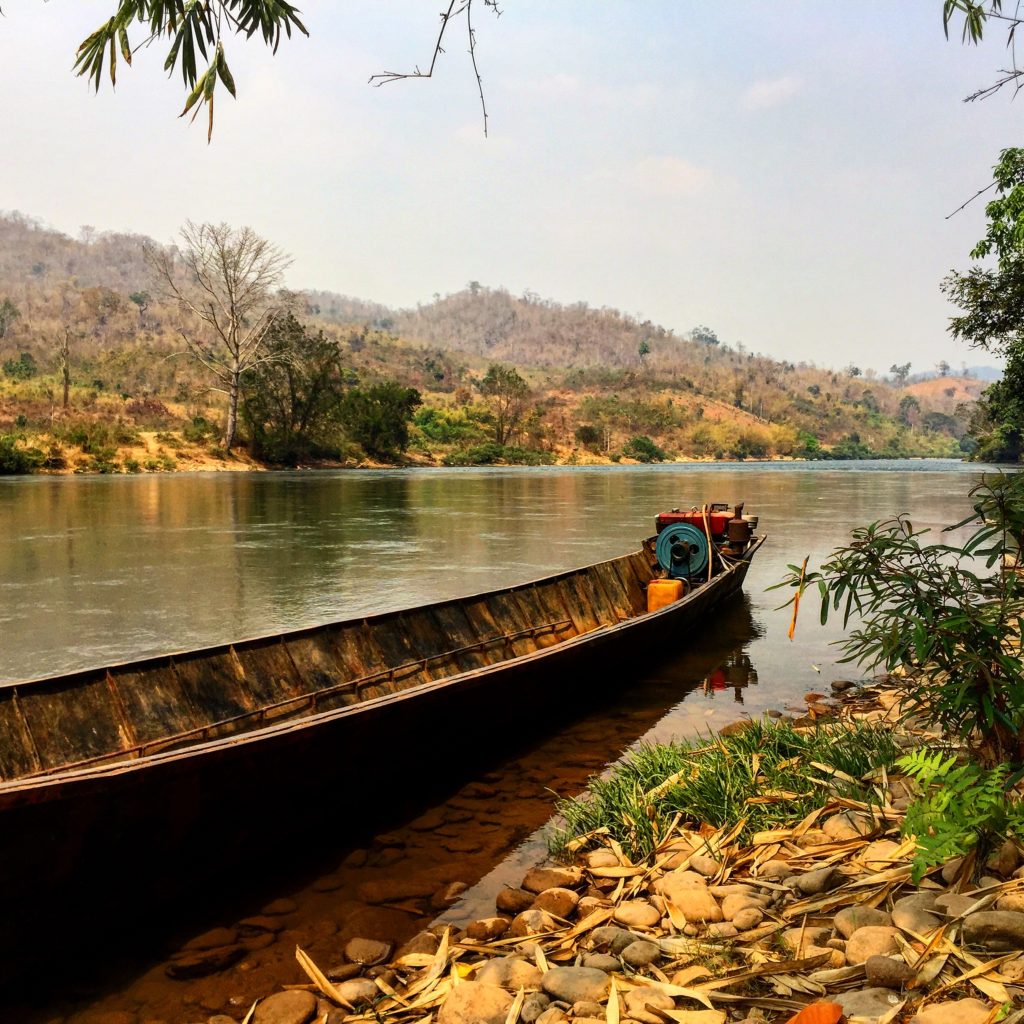
I got stuck in a whirlpool near one of the rapids, bashed my butt on a large rock and generally had a glorious day in the sunshine, floating back toward civilization.
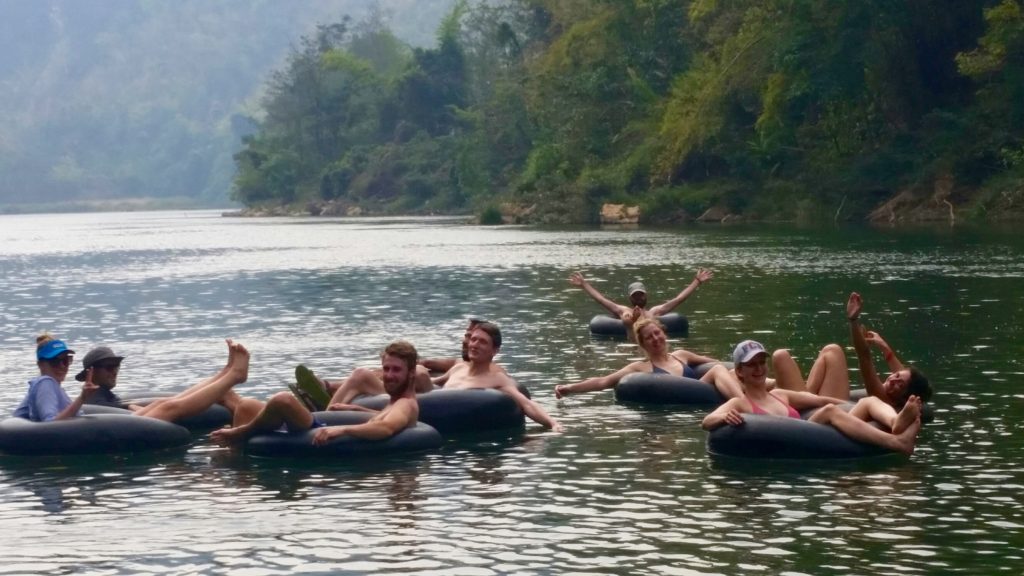
At one point we passed herders walking their buffalo to cash in on higher prices in China. Mr. Bike later verified the looks on their stunned faces. We were the first Western tourists they had ever seen. They wondered if we were allowed to undertake such a journey.
Indeed.
In Myanmar, anything is possible.
DO IT YOURSELF
Getting There
Northern Shan State is easily accessible from upper Myanmar’s primary transit hub, Mandalay. The main tourist towns are, in geographic proximity, Kyaukme, Hsipaw and Lashio. Lashio even has an airport. Route 3 runs straight up from Mandalay and connects all three. Don’t even consider taking the highway unless you have already been on the railway.
This stretch of track is world-famous for the Goteik Viaduct, a massive steel bridge dating from 1901. It spans a large gorge between Kyaukme and Hsipaw. Goteik is one of the world’s great train trips. I enjoyed it so much I rode the rails both directions.
Where to Trek?
I chose Hsipaw as my trekking base. I wouldn’t call it a full-fledged city, even though 170,000 people call it home. Tourism isn’t the focus of life here, but it offers all the necessities. Day hikes, overnight trips and multi-night excursions are available and easily accessible directly from town.
Same for Kyaukme. Similar sized, but even less focused on tourism. That means fewer guides.
Lashio is, quite literally, the end of the line for the railway. Obviously it sees the fewest tourists. I didn’t make it up that far, but others said the place seems to have a bit of a frontier feel. Heavy Chinese influence.
Note — None of these spots are akin to the atmosphere surrounding the Kalaw to Inle Lake trekking circuit in Southern Shan State. Hopefully it stays that way! It seems every backpacker and their mother is “doing Kalaw to Inle”. I researched other options and urge you to do the same.
Sleeping in Hsipaw
I spent a couple of nights in Hsipaw before and after the Jungle Trek at the Tai House Resort. Most flavorful welcome drink ever. Beautiful grounds, peacefully quiet and pleasant. All around lovely staff. They happily stored my backpack while I went hiking.
Tai House does excellent meals. Made to order breakfasts on offer plus a wide variety of dinner items. I shared a Shan feast with Swiss friends Jan and Michèle the night before our trek. Highly recommended.
Eating in Hsipaw
I enjoyed dinner and a fruit smoothie across town at Mr. Shake.
The Jungle Trek
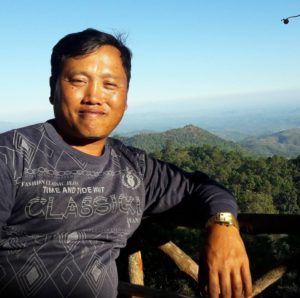
Mr. Bike offers a variety of hikes, from simple day trips to the full monty, the 2-night, 3-day Jungle Trek. My temporary illness made the Jungle Trek much more difficult than it otherwise would have been. That being said, this trip is no walk in the park. You need to be in decent physical shape.
Groups are typically limited to eight. Then why are there ten people in the treehouse photo, you ask? Someone messed up. Mr. Bike was super apologetic about it, but things happen. We didn’t mind.
Mr. Bike stops by your accommodation the evening prior to departure for a chat. Bring this, leave that, settle your bill. I think he’s also checking to make sure you know what you’re in for! From the moment he popped in at dinner we knew we had chosen a winner.
Mr. Bike
Mr. Bike is the man. He is such a character. Funny, kindhearted, endearing and genuinely nice. You will be in for a treat if he leads your trek. The men he employs are cut from a similar cloth, but don’t speak much English. They’re local, so your costs benefit communities that are not exactly well off. That’s always a plus. The guys are good cooks, keep a nice camp and are always up for a laugh.
Food and Water
On departure you need to carry at least two liters of water. I took a very small backpack and had a bit of difficulty cramming two large bottles in with my belongings. From the first camp you can re-stock and then refill from water sources along the way.
Food is prepared and included — lunch and dinner on day one; breakfast, lunch and dinner on day two; breakfast and lunch at a village house after the river tubing on day three.
Costs
Myanmar is a relatively cost-effective destination and the Jungle Trek with Mr. Bike is no exception. I paid 70,000 kyat (US$54 at the time).
I’ve heard lots of people complain about tipping in Myanmar. The rant, condensed — it is not a Burmese custom and travelers are bringing their foreign practices in and forcing it on the locals. Okay, whatever. Myanmar is overflowing with destitute folks trying to earn a living, so if someone provides stellar service in a tour guide capacity, feel free to give them a tip.
Tips
Bring sunscreen, a hat and mosquito repellant, a toothbrush and toothpaste. Wear the best footwear you brought to Myanmar. Pack flip-flops for camp. A warm garment for the cool nights makes sense. I slept in a knit hat. Bring swimming gear. Or take a dip in your undergarments.
Most importantly, minimize weight since you will have to lug everything up and down a number of very large hills.
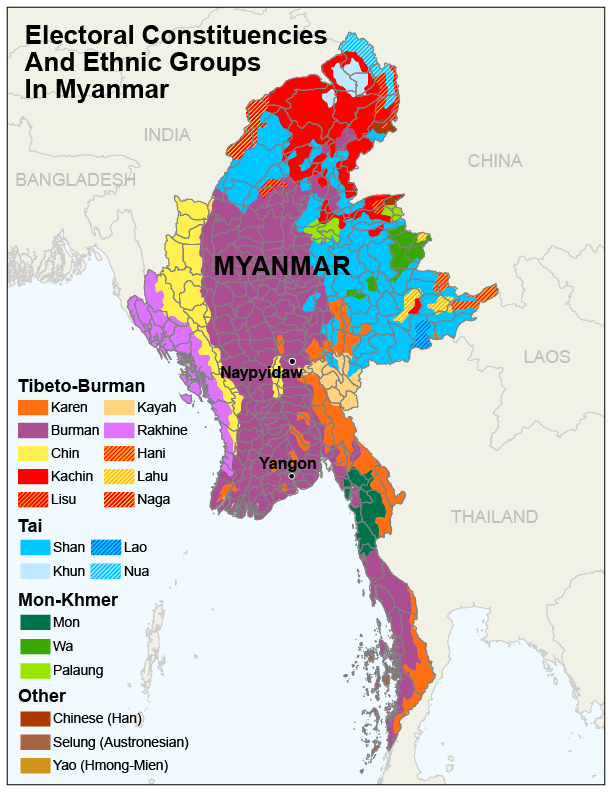

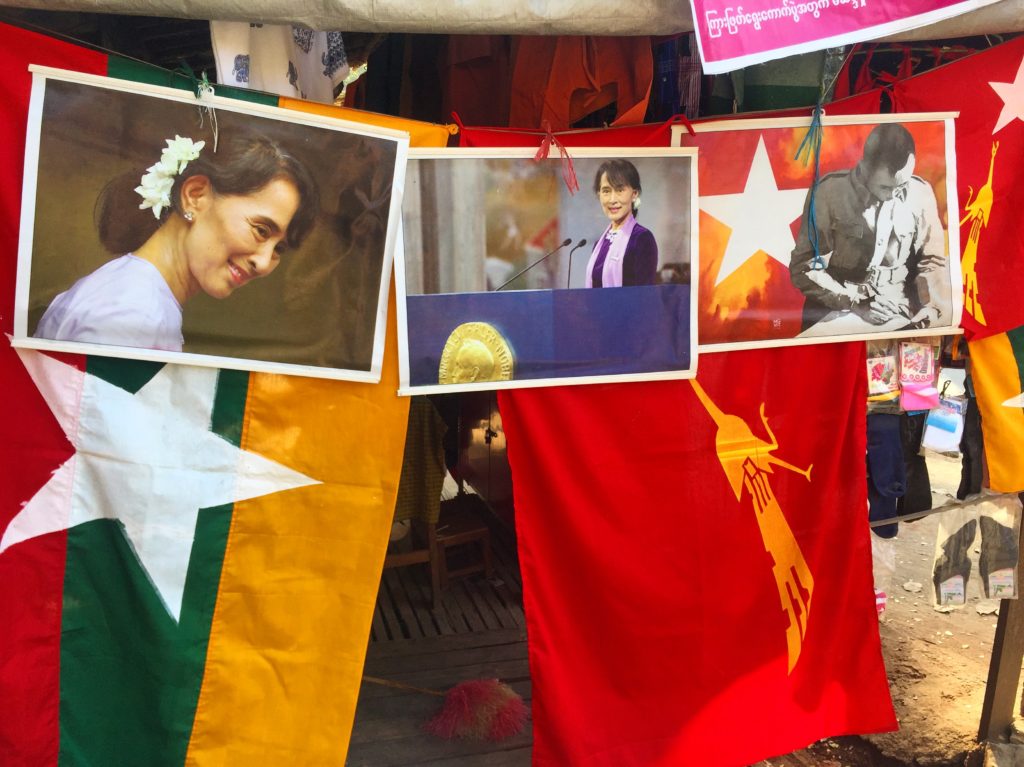
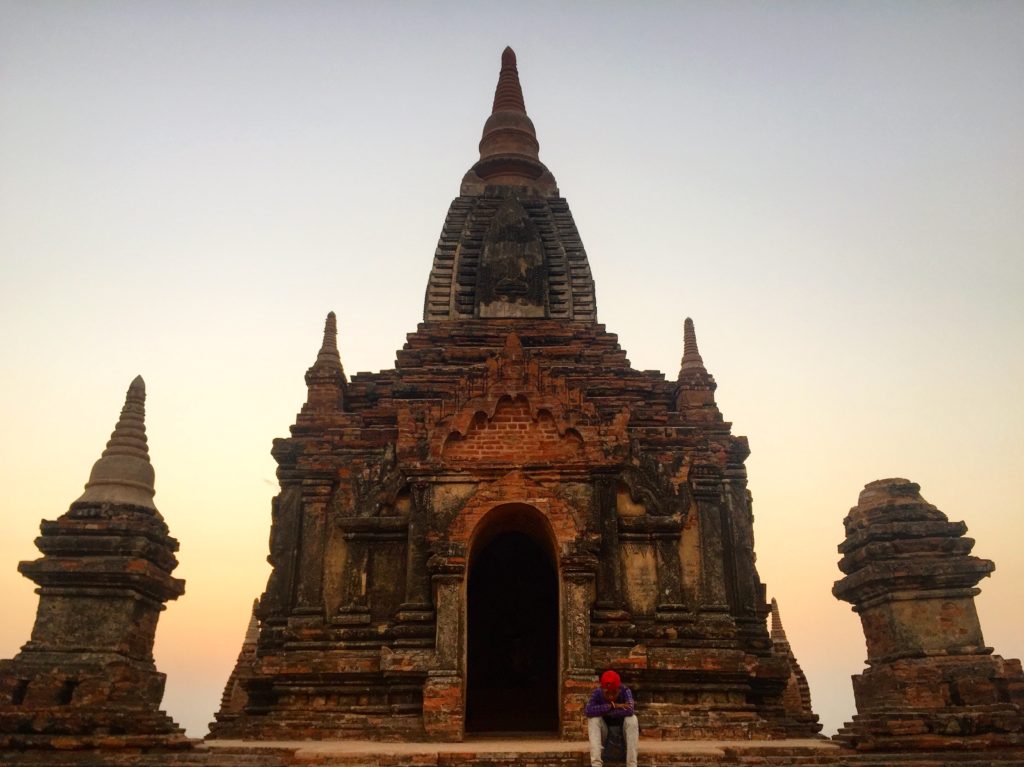
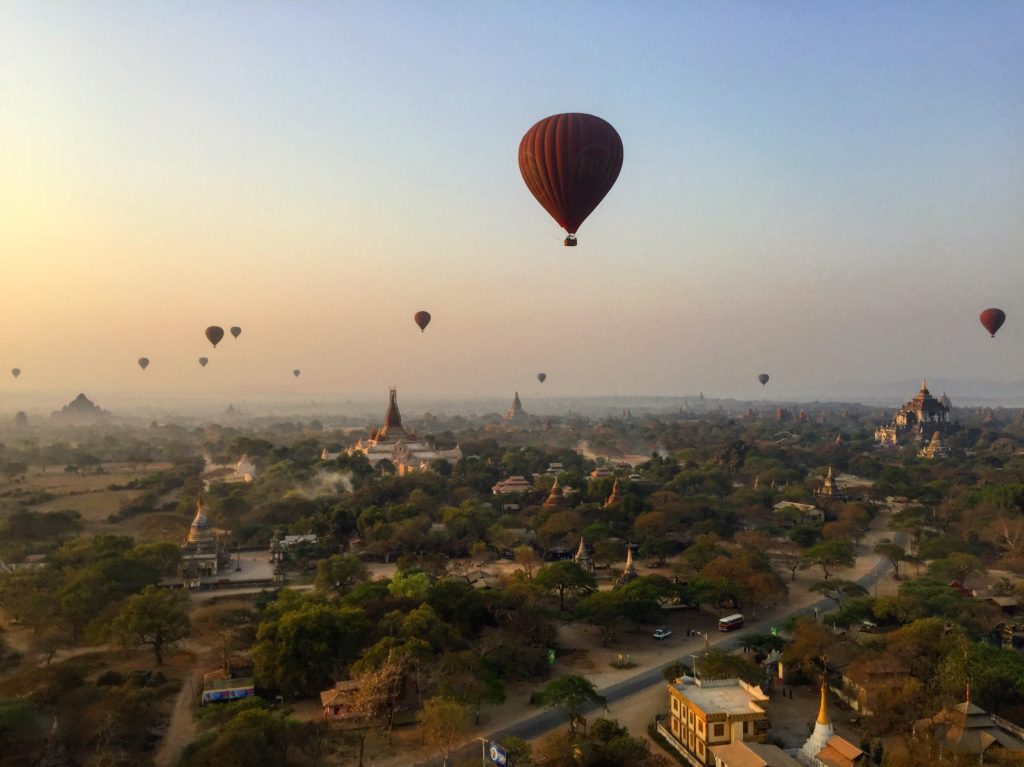
Pingback: Goteik Viaduct by train | Myanmar | No Guidebooks
I’m so amazed I made it through 16days in Myanmar without getting sick! I saved that pleasure for our arrival in Bangkok! Hahaha… great read as usual! Thanks 🙂
Saving it up for next time, Peta! But much better BKK than Myanmar, ah?